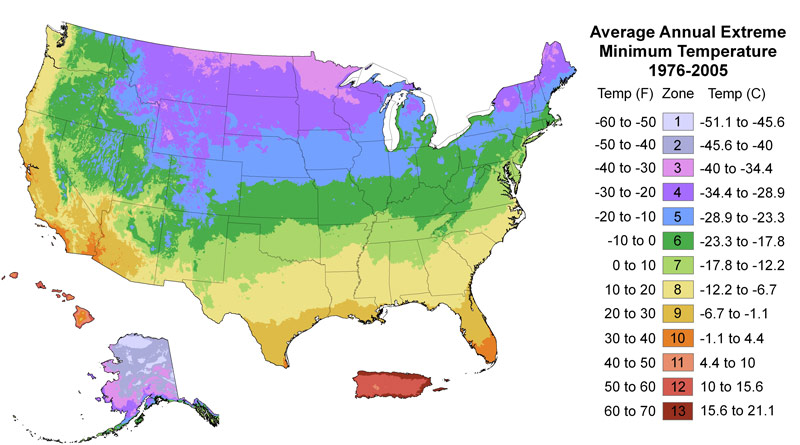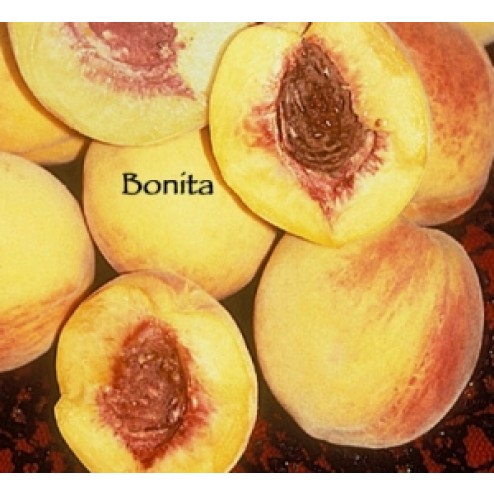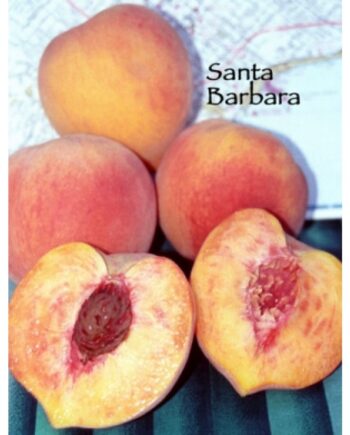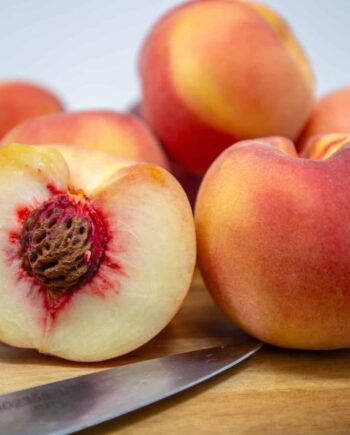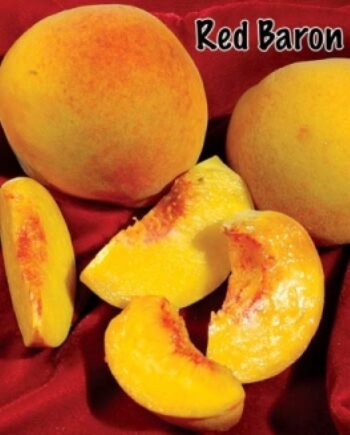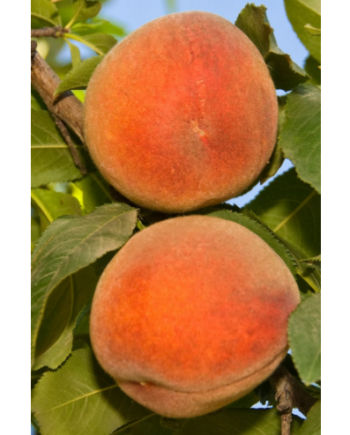Bonita Peach Tree
The Bonita Peach tree produces delicious yellow freestone fruit. The skin is yellow in color with a red blush. The flesh is also yellow with red near the pit. A sweet and very tasty, subacid, and very juicy yellow peach. A very popular variety is Southern California, and Winter climates like Los Angeles. Low Chill, needing less that 350 hours.
Not compatible with your zone (2a)
General Plant Information
Bonita Peach Tree Care and Information
The Bonita Peach tree is a woody deciduous tree. An easy to grow a tree with long green leaves. We grow Dwarf, Semi-Dwarf, and Standard form peach trees.
Peach Tree Sun exposure and Size
Plant a peach tree in the full sun. A peach tree can grow 15 – 20 feet tin height, but easily prune to keep 8 – 15 feet tall. Plant trees as close as 8- 10 feet apart, but allow for more space if you intend the tree to grow wider.
How To Water, Fertilize, and Prune a Peach Tree
Water your peach tree deep but not too frequently. Plant in good soil that drains well and create a berm around the drip zone. This ensures the trees have a good watering well around the roots to collect water. Water new trees regularly, about 1 – 2 times per week during the Spring growth season. Increase the frequency to 2 – 3 times per week during the hot Summer. As the weather cools in the Fall, reduce the frequency of irrigation back down to once per week. Discontinue water during the Winter while the tree is dormant.
Fertilize the peach tree in the Spring with a balance organic fruit tree fertilizer with a 1-1-1 or a 2-1-1 NPK ratio, such as (5-5-5)or (6-3-3). Manure can be applied in cool climates. Reapply growth formula fertilizer in the Summer. Do not fertilize in the Fall as this the time the tree has slowed growth. Apply a fertilizer with low nitrogen and high phosphorus and potassium with a 1-2-2 or 1-4-4 NPK ratio such as 4-12-12 analysis.
Prune the peach tree in the Winter, while the plant is dormant. Cut the tip to prevent it from becoming too tall and prevent side branches from growing. Remove any new growth below the graft, low in the branches towards the center of the trees, and crossing towards the wrong direction. Thin your tree in the Summer to remove dry twigs, water sprouts, too many fruits to direct desired growth.
Peach Tree Pest Management
Use a dormant fruit tree spray / horticultural oil in the Winter. To protect the harvest use an animal repellant. Also, cover the fruits or net the entire tree to create a barrier.
Mature Size and Form
Plant most fruit trees about 10 – 15 feet apart. Some varieties like Figs, Pomegranates, and Mulberries can grow larger quickly.
Planning is the most important step when planting a tree. Plant your tree where it has enough space to grow to its full potential. Otherwise, your tree will grow into your surrounding trees. A tree that can grow taller with faster growth will overshadow nearby trees. You may need to move other trees to allow for the one that is thriving rather than cutting back one that naturally grows fast and tall.
Additional Information
Harvest Time : SummerBloom Time : Spring
Sun Exposure : Full Sun
Watering : Regular
USDA Hardiness Zones : 7-10
Plant Type: Deciduous
Chill Hours: Less than 400 Hours
Pollination: Self-Fruitful / Self Pollinating
USDA Hardiness Zones: 7-10
Planting Information
Soil and Planting: Plant in soil that drains well. Dig a hole that is as deep as the tree’s roots and at least twice as wide.
Place the tree in the hole and backfill around the plant’s roots with a mixture of the native soil and high-quality planting mix that has washed sand and organic fertilizer.
Create a basin around the roots drip zone so that water collects. Water deeply until the roots and nearby soil is saturated and reaches field capacity.


